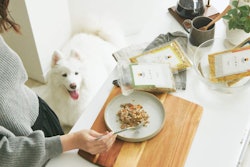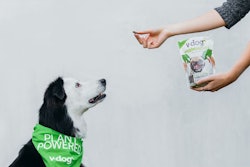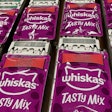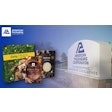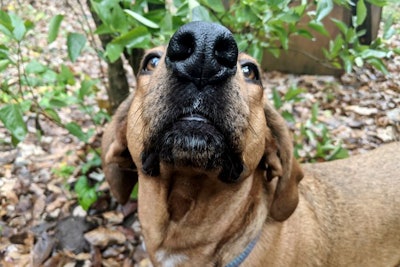
Single serve pet foods have grown in popularity, as people seek convenience while feeding cats and smaller dogs in urban environments. However, that convenience comes with an environmental price tag, as convenience tends too. Each serving now requires its own bit of single-use packaging, which uses resources even if it’s recyclable, which it often isn’t, meaning it probably ends up in a landfill. As pet owners also gravitate towards premium pet foods, they also look for packaging that fits the mood. Those brightly printed, sturdy materials may ensure freshness on par with human foods, but they can be a bear to recycle. Multiple layers of material often mean superpremium packaging must make a trade-off with sustainability, Scott Whiteside, food science professor at Clemson University, said during the Q&A of the Petfood Forum Connect-ED presentation.
During the discussion, I thought of detergent pods and spring rolls. Dissolving wrappers allow people to have single-servings of detergent. That convenience opened new product lines for soap peddlers. I wondered if perhaps there was a way to encapsulate pet food in a similar pod to replace single-serve packages. The product could be a dehydrated formulation that would absorb the water too. Once saturated, the whole thing could be stirred together, or left with the wrapper intact. I envisioned something looking almost like a spring roll with its translucent rice paper wrapper.
Feasibility of pet food pods
However, humans don’t eat many foods with dissolving wrappers. Not yet at least. Whiteside said he’s seen some work on something similar in human foods, though nothing that has risen to the level of large-scale market acceptability. In one, a water-soluble coating encapsulates the food.
“I could easily see that happen in the pet food industry,” Whiteside said. “You would coat it with fish gelatin, or some other gelatin product, like a gelatin capsule we would take for ourselves…Fish gelatin could do that, or some cellulose-based materials.”
Like detergent pods, the pet food pods would likely need to be kept somewhere dry like a plastic tub, he said. The coating would absorb water from the air and become a pile of mush otherwise.
To further reduce the environmental footprint, that tub could be refillable, perhaps through a home delivery service that would recover the packages for cleaning and reuse.



